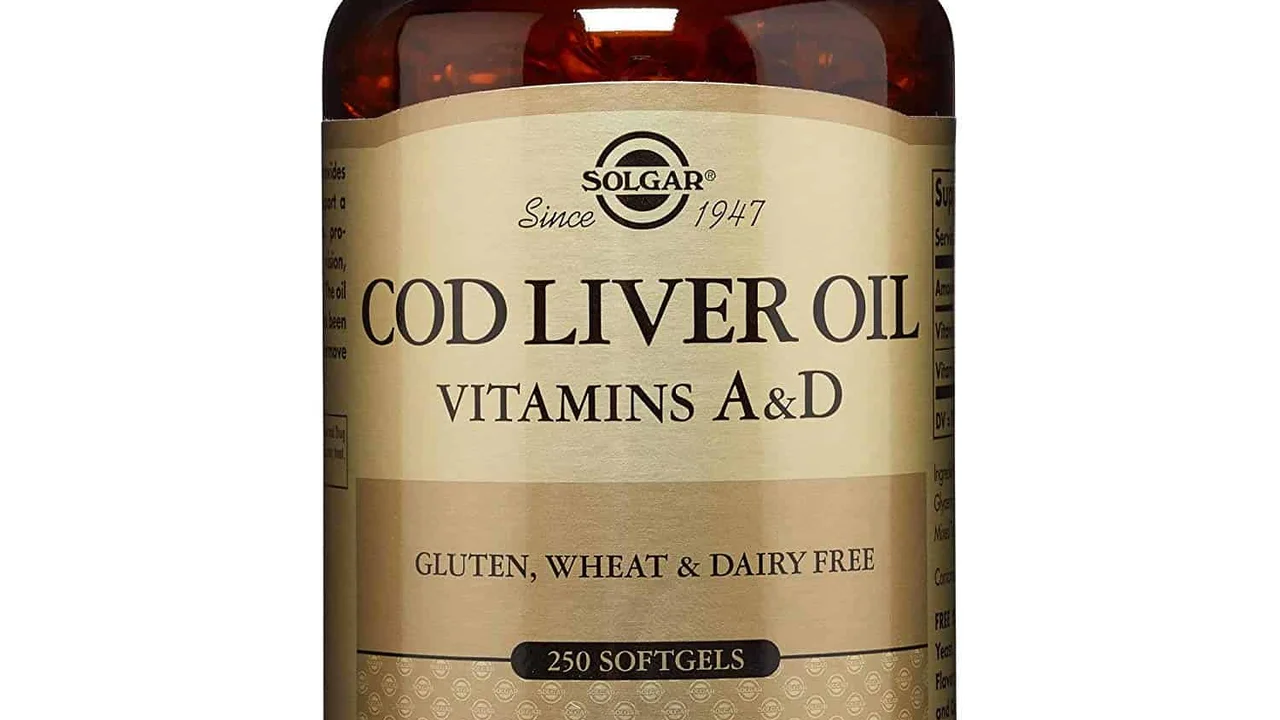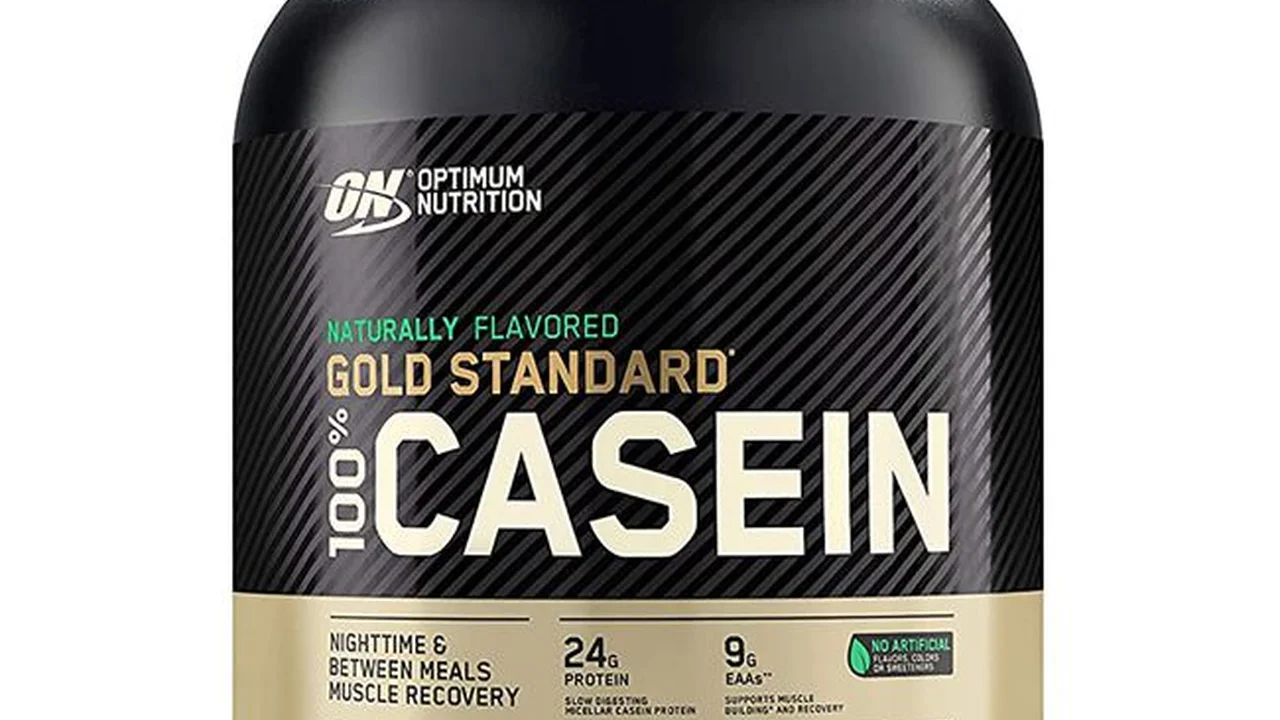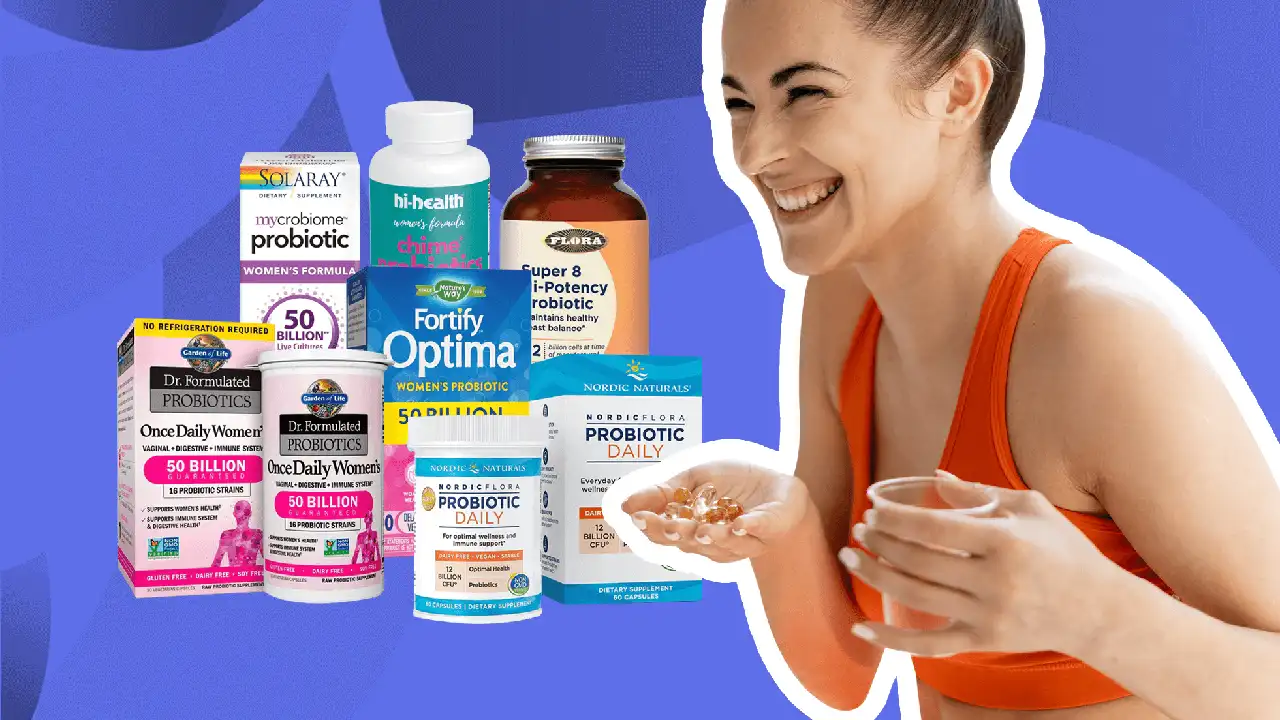The Best Cod Liver Oil Supplements: A Review

meta description: Fuel your body with the best Pea Protein powders. Compare different brands and their protein content, taste, and digestibility. Find the right Pea Protein powder to support your plant-based diet.
What is Pea Protein and Why Choose It for Your Plant-Based Diet
Pea protein is a protein isolate made from yellow split peas. It's a popular choice, especially for those following vegan, vegetarian, or plant-based diets because it's a complete protein source. Unlike some other plant proteins, pea protein contains all nine essential amino acids that the body can't produce on its own. These amino acids are crucial for muscle growth, repair, and overall health. Beyond being plant-based, pea protein is also naturally gluten-free, dairy-free, and soy-free, making it a great option for people with allergies or sensitivities.
But why choose pea protein over other protein sources? Well, it boasts several advantages. It's highly digestible, meaning your body can efficiently absorb and utilize the protein. Pea protein is also known for its relatively neutral taste compared to some other plant proteins like brown rice protein or hemp protein, which can have a more earthy flavor. This makes it more versatile for use in smoothies, shakes, baked goods, and other recipes. Finally, pea protein is an environmentally friendly option. Pea crops require less water and fertilizer than many other protein sources, contributing to a more sustainable food system.
Key Factors to Consider When Buying Pea Protein Powders
With so many pea protein powders on the market, how do you choose the right one for you? Here are some essential factors to consider:
- Protein Content: Check the label to see how much protein each serving provides. A good pea protein powder should offer at least 20 grams of protein per serving.
- Amino Acid Profile: While pea protein is a complete protein, some brands may add extra amino acids to enhance the profile and further support muscle growth. Look for powders that are rich in branched-chain amino acids (BCAAs) like leucine, isoleucine, and valine.
- Ingredients: Keep an eye on the ingredient list. Ideally, you want a pea protein powder with minimal ingredients, avoiding artificial sweeteners, flavors, and fillers. Organic options are available for those who prefer to avoid pesticides.
- Taste and Texture: Pea protein can have a slightly earthy or chalky taste. Read reviews and try samples (if possible) to find a brand that you enjoy. Some powders are also smoother and mix better than others.
- Digestibility: As mentioned earlier, pea protein is generally easy to digest. However, if you have a sensitive stomach, look for brands that have been processed to further improve digestibility.
- Third-Party Testing: Choose a pea protein powder that has been third-party tested for purity and contaminants. This ensures that the product contains what it claims to and is free from harmful substances. Look for certifications like NSF Certified for Sport or Informed-Sport.
- Price: Pea protein powders can range in price. Consider your budget and compare the cost per serving of different brands to find the best value.
Top Recommended Pea Protein Powders: Brands, Features, and Pricing
Now, let's dive into some specific pea protein powders that stand out from the crowd. We'll cover their key features, taste, texture, protein content, and approximate price (prices can vary depending on the retailer and promotions).
1 Naked Pea Protein: Unflavored and Pure Pea Protein for Versatile Use
Features: Naked Pea Protein is known for its simplicity and purity. It contains only one ingredient: yellow pea protein isolate. It's unflavored, unsweetened, and contains no artificial additives. It's also third-party tested for heavy metals and gluten-free.
Taste and Texture: The unflavored taste can be an acquired taste for some. It has a slightly earthy flavor, but it's relatively mild compared to some other unflavored pea proteins. The texture is generally smooth and mixes well in smoothies and shakes. You can also add it to baked goods or oatmeal.
Protein Content: 25 grams of protein per serving (30 grams).
Price: Approximately $40-$50 for a 5-pound container.
Best Use: Ideal for those who want a pure, unflavored pea protein to add to their own recipes or for people who are sensitive to artificial sweeteners and flavors. Its versatility makes it great for smoothies, baked goods, and even savory dishes.
2 NOW Sports Pea Protein: Affordable and Reliable Pea Protein for Everyday Consumption
Features: NOW Sports Pea Protein is a budget-friendly option that doesn't compromise on quality. It's a good source of protein and contains no artificial ingredients. It's also Informed-Sport certified, ensuring that it's free from banned substances for athletes.
Taste and Texture: NOW Sports Pea Protein has a slightly stronger pea flavor than Naked Pea Protein, but it's still manageable. The texture can be a bit gritty, so it's best used in smoothies or shakes with other ingredients to mask the texture. Flavored versions are also available.
Protein Content: 24 grams of protein per serving (33 grams).
Price: Approximately $25-$35 for a 2-pound container.
Best Use: A great choice for those on a budget who need a reliable pea protein powder for everyday use in smoothies and shakes.
3 Orgain Organic Pea Protein Plant Based Protein Powder: Delicious Flavored Pea Protein for Easy Mixing
Features: Orgain Organic Pea Protein is a popular choice for its delicious flavors and smooth texture. It's certified organic and contains a blend of pea protein, brown rice protein, and chia seeds. It's also gluten-free, dairy-free, and soy-free.
Taste and Texture: Orgain is known for its great-tasting flavors, such as chocolate and vanilla bean. The texture is smooth and creamy, making it easy to mix into smoothies, shakes, or even just water.
Protein Content: 21 grams of protein per serving (46 grams).
Price: Approximately $30-$40 for a 2-pound container.
Best Use: Perfect for those who prioritize taste and texture and want a convenient and delicious way to boost their protein intake. The flavored options make it easy to enjoy on its own or in simple smoothies.
4 Garden of Life Sport Organic Plant-Based Protein: Enhanced with BCAAs for Muscle Recovery
Features: Garden of Life Sport Organic Plant-Based Protein is designed for athletes and active individuals. It's certified organic, vegan, and gluten-free. It contains a blend of pea protein, navy bean, cranberry seed, and sprouted grains. It's also enhanced with BCAAs and glutamine to support muscle recovery.
Taste and Texture: The taste is generally well-received, with flavors like chocolate and vanilla. The texture is smooth and mixes well in smoothies and shakes.
Protein Content: 30 grams of protein per serving (46 grams).
Price: Approximately $40-$50 for a 2-pound container.
Best Use: Ideal for athletes and active individuals who need a high-protein powder with added BCAAs to support muscle recovery after workouts.
5 Sprout Living Epic Protein: Advanced Blends for Optimal Nutrition and Digestibility
Features: Sprout Living Epic Protein is a premium pea protein powder that combines pea protein with other sprouted ingredients like sunflower seeds, pumpkin seeds, and cranberry seeds. The sprouting process enhances digestibility and nutrient absorption. It's also organic, vegan, and gluten-free.
Taste and Texture: Sprout Living Epic Protein has a unique flavor profile due to the blend of sprouted ingredients. The texture is generally smooth and mixes well in smoothies and shakes. Flavored and unflavored options are available.
Protein Content: 26 grams of protein per serving (37 grams).
Price: Approximately $50-$60 for a 20-serving container.
Best Use: A great choice for those who are looking for a premium pea protein powder with enhanced digestibility and a wider range of nutrients. The sprouted ingredients provide additional vitamins, minerals, and antioxidants.
Pea Protein Powders Comparison Chart
To help you further compare these top pea protein powders, here's a handy chart:
| Brand | Protein per Serving | Ingredients | Taste | Texture | Price (Approximate) | Best Use |
|---|---|---|---|---|---|---|
| Naked Pea Protein | 25g | Yellow Pea Protein Isolate | Unflavored (slightly earthy) | Smooth | $40-$50 (5 lbs) | Pure, unflavored pea protein for versatile use |
| NOW Sports Pea Protein | 24g | Pea Protein Isolate | Slightly stronger pea flavor | Can be gritty | $25-$35 (2 lbs) | Affordable pea protein for everyday consumption |
| Orgain Organic Pea Protein | 21g | Pea Protein, Brown Rice Protein, Chia Seeds | Delicious flavored options (chocolate, vanilla) | Smooth and creamy | $30-$40 (2 lbs) | Great-tasting and easy-mixing pea protein |
| Garden of Life Sport Organic Plant-Based Protein | 30g | Pea Protein, Navy Bean, Cranberry Seed, Sprouted Grains | Well-received flavored options | Smooth | $40-$50 (2 lbs) | High-protein pea protein with added BCAAs for athletes |
| Sprout Living Epic Protein | 26g | Pea Protein, Sprouted Seeds (Sunflower, Pumpkin, Cranberry) | Unique flavor profile | Smooth | $50-$60 (20 servings) | Premium pea protein with enhanced digestibility |
How to Use Pea Protein: Recipes and Serving Suggestions
Pea protein is incredibly versatile and can be used in a variety of ways. Here are some ideas:
- Smoothies: Add a scoop of pea protein to your favorite smoothie recipe for a protein boost. Combine it with fruits, vegetables, and other ingredients like nut butter, seeds, or greens.
- Shakes: Mix pea protein with water, milk (dairy or non-dairy), or juice for a quick and easy protein shake.
- Baked Goods: Incorporate pea protein into baked goods like muffins, pancakes, or cookies. It can help to increase the protein content and add a slightly nutty flavor.
- Oatmeal: Stir pea protein into your morning oatmeal for a filling and protein-packed breakfast.
- Savory Dishes: Pea protein can even be used in savory dishes like soups, stews, or sauces. Be mindful of the flavor, as it can be more noticeable in savory applications.
Sample Recipes:
- Peanut Butter Banana Pea Protein Smoothie: Combine 1 frozen banana, 1 scoop of pea protein, 1 tablespoon of peanut butter, 1/2 cup of almond milk, and a handful of spinach in a blender. Blend until smooth.
- Chocolate Pea Protein Pancakes: Mix 1 cup of pancake mix, 1 scoop of chocolate pea protein, 1 egg, and 1 cup of milk. Cook on a greased griddle until golden brown.
- Creamy Tomato Soup with Pea Protein: Add 1 scoop of unflavored pea protein to your favorite creamy tomato soup recipe.
Potential Side Effects and Precautions of Pea Protein
Pea protein is generally safe for most people. However, some potential side effects and precautions to be aware of include:
- Digestive Issues: Some people may experience bloating, gas, or diarrhea when consuming pea protein, especially in large amounts. Start with a small serving and gradually increase as tolerated.
- Allergies: While pea protein is generally hypoallergenic, some people may be allergic to peas. If you experience any allergic symptoms, such as hives, itching, or swelling, discontinue use and consult with a doctor.
- Kidney Issues: People with kidney problems should consult with a doctor before consuming pea protein, as high protein intake can put a strain on the kidneys.
- Heavy Metals: Choose a pea protein powder that has been third-party tested for heavy metals to ensure that it's safe.
Final Thoughts: Finding the Perfect Pea Protein for Your Needs
Pea protein is an excellent plant-based protein source that can be a valuable addition to your diet. By considering the factors outlined in this guide and exploring the recommended brands, you can find the perfect pea protein powder to meet your individual needs and preferences. Whether you're an athlete, a vegan, or simply looking for a healthy and convenient way to boost your protein intake, pea protein is a versatile and nutritious option to consider. Experiment with different brands and recipes to find what works best for you and enjoy the benefits of this amazing plant-based protein!
:max_bytes(150000):strip_icc()/277019-baked-pork-chops-with-cream-of-mushroom-soup-DDMFS-beauty-4x3-BG-7505-5762b731cf30447d9cbbbbbf387beafa.jpg)






